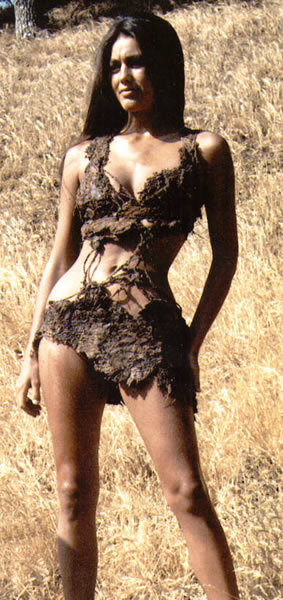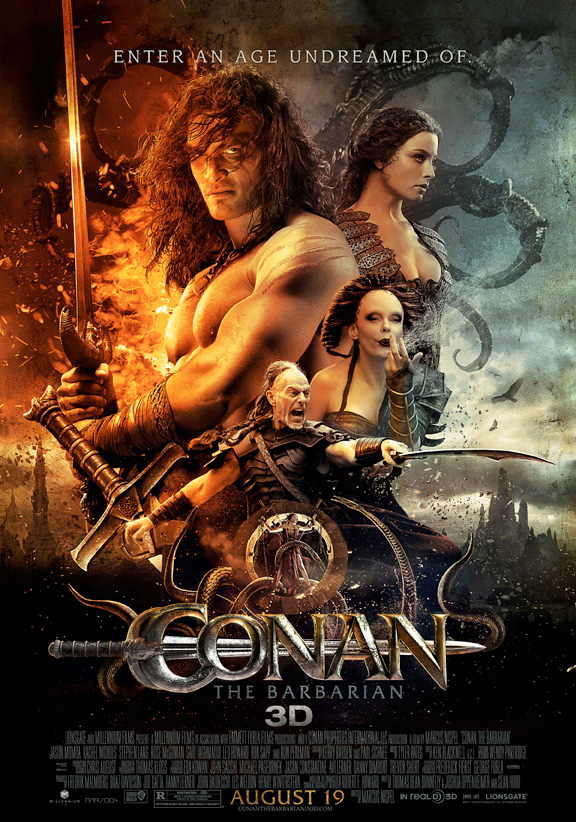 Friends, Bloggers, Conan Fans, lend me your ears! I come not to defend the new CONAN movie, but to present an informal overview that examines what works and what doesn’t work. To begin, I’ve seen a lot better movies … and I’ve seen a LOT worse movies.
Friends, Bloggers, Conan Fans, lend me your ears! I come not to defend the new CONAN movie, but to present an informal overview that examines what works and what doesn’t work. To begin, I’ve seen a lot better movies … and I’ve seen a LOT worse movies.
First, let’s consider the source: Robert E. Howard is a largely respected fantasy author by today’s standards. However, that was not the case in the 20s and 30s when he was publishing his lurid pulp adventure stories in WEIRD TALES and similar pulp magazines of the time. In Howard’s day, pulp fiction was considered “trash,” and it was treated accordingly. Sex and violence were common ingredients in a good pulp tale, and Howard’s work is definitely full of both. However, what was considered obscene in the Pulp Era seems rather tame compared to the graphic sex and violence we see in today’s media. You can look at this in two ways: Either we as a society have gotten less uptight about certain subjects, or we have become a more depraved society. It’s all a matter of perspective. And as many philosphers will tell you, perspective is reality.
The new CONAN THE BARBARIAN film isn’t exactly a remake, but it does borrow its revenge motif from the original (and superior) John Milius CONAN film from 1982. That was NOT a Howard plot point. The Conan of Howard’s tales is not pursuing vengeance for his slain father, his slain mother, or his slain village. However, he would certainly have not been above bringing bloody and thunderous vengeance to anybody who wronged him. It simply was not his driving ambition, as it is in the movies.
Before I talk about the movie’s failings, let me first say what works about it: The visuals. Marcus Nispel’s CONAN THE BARBARIAN is a visual triumph. The Hyborian Age has never looked so wondrous, splendid, and believable on screen. From the virgin wilderness and Cimmerian villages to the decadent, sprawling cities, the vast monastaries, and the ancient citadels with skull-shaped caves, the movie simply looks fantastic. The costuming too is spot-on and suitably grimy, evocative, and well-designed. Same goes for the props: swords, spears, armor, ships, etc.
It all LOOKS fantastic. But looks aren’t everything…
…
Read More Read More
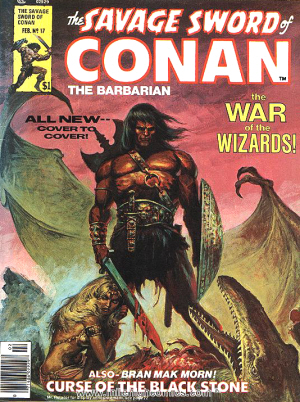 Earlier this evening I heard the sad news that one of comics’ great legends, Ernie Chan, has passed away. Ernie was set to appear at the BigWow Comicfest in San Jose this weekend, so his death comes as a real surprise to those of us who expected to see him there.
Earlier this evening I heard the sad news that one of comics’ great legends, Ernie Chan, has passed away. Ernie was set to appear at the BigWow Comicfest in San Jose this weekend, so his death comes as a real surprise to those of us who expected to see him there.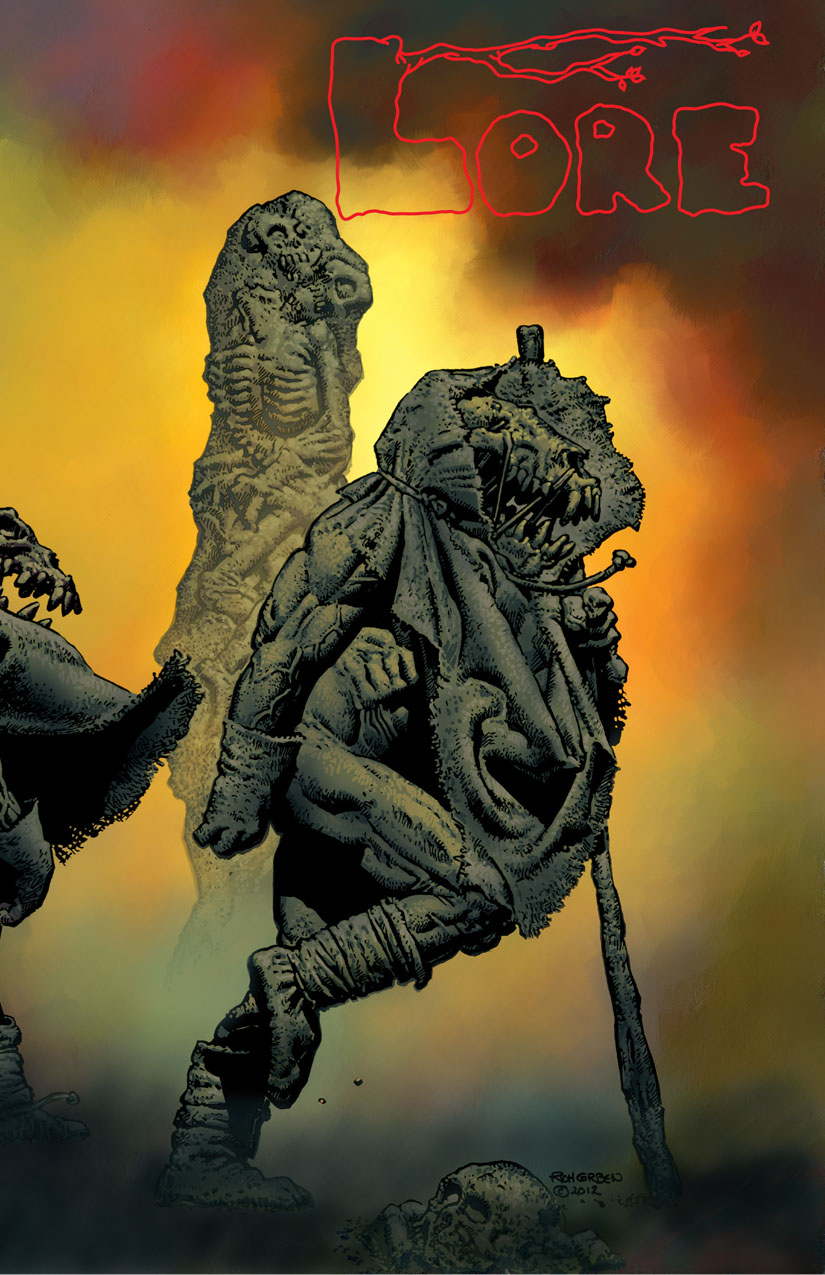


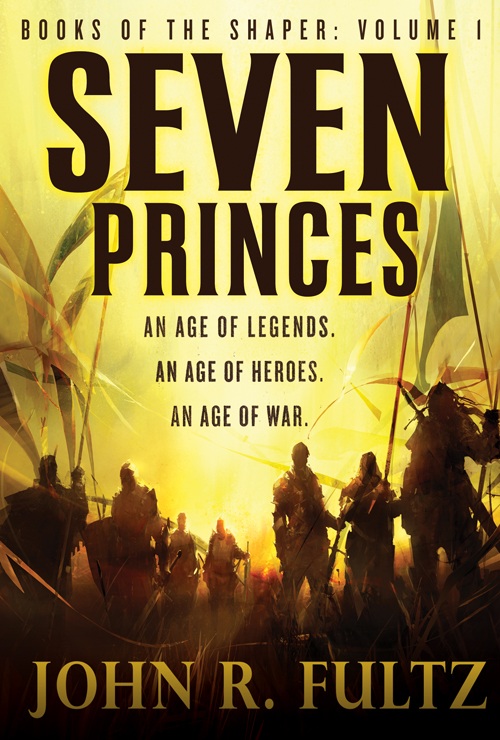
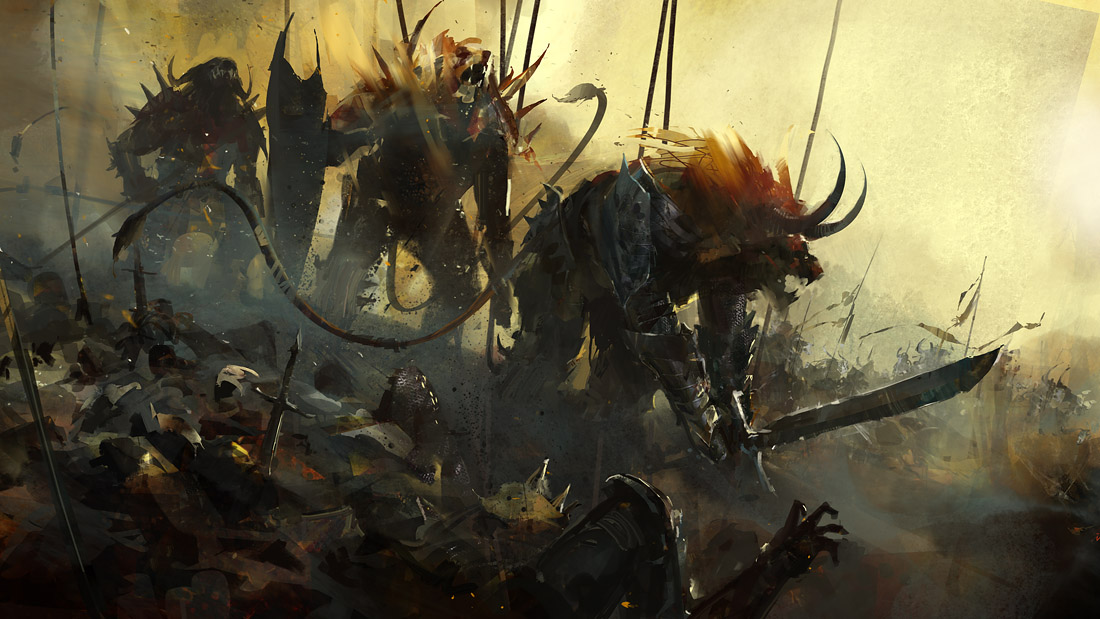
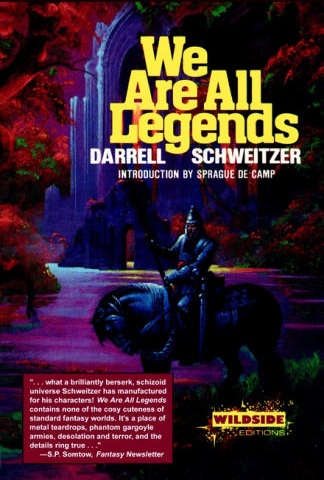 Swords Against Darkness.
Swords Against Darkness. Orbit Books just did a cover launch for SEVEN PRINCES on their official site today:
Orbit Books just did a cover launch for SEVEN PRINCES on their official site today: 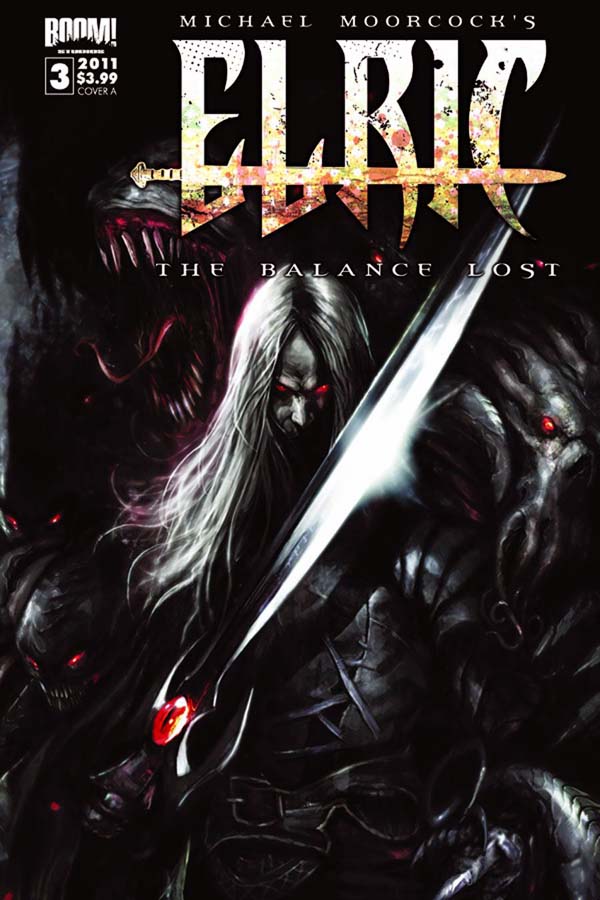
 Friends, Bloggers, Conan Fans, lend me your ears! I come not to defend the new CONAN movie, but to present an informal overview that examines what works and what doesn’t work. To begin, I’ve seen a lot better movies … and I’ve seen a LOT worse movies.
Friends, Bloggers, Conan Fans, lend me your ears! I come not to defend the new CONAN movie, but to present an informal overview that examines what works and what doesn’t work. To begin, I’ve seen a lot better movies … and I’ve seen a LOT worse movies.